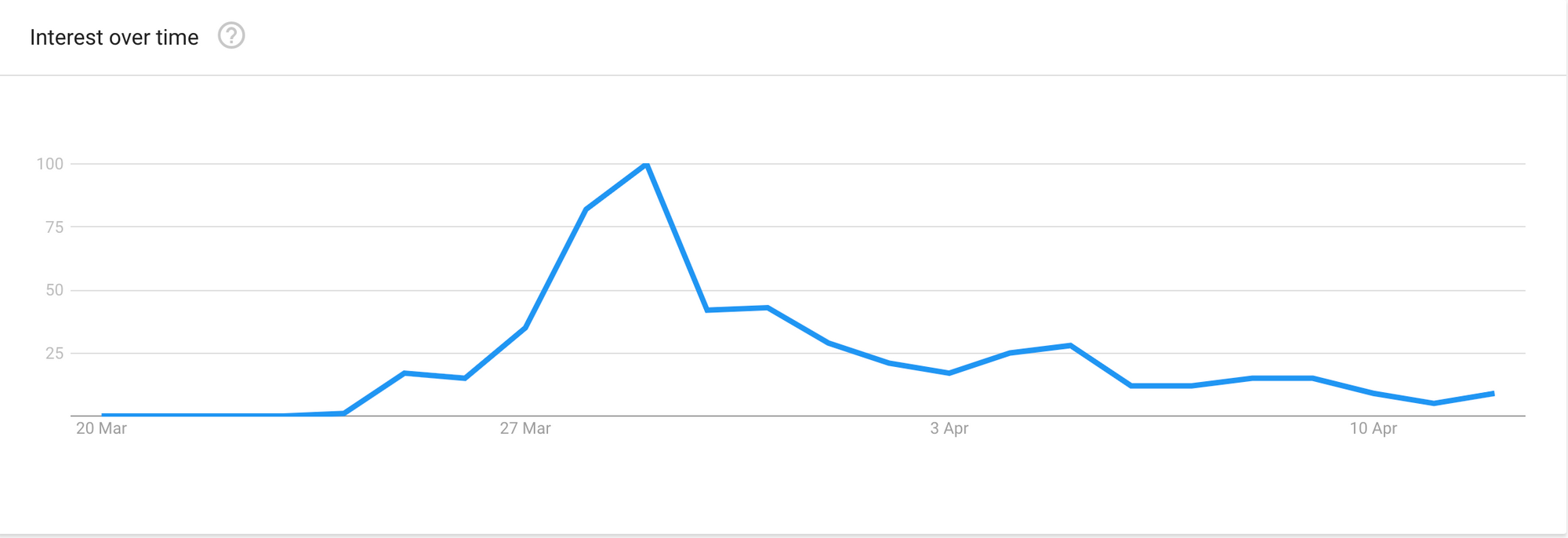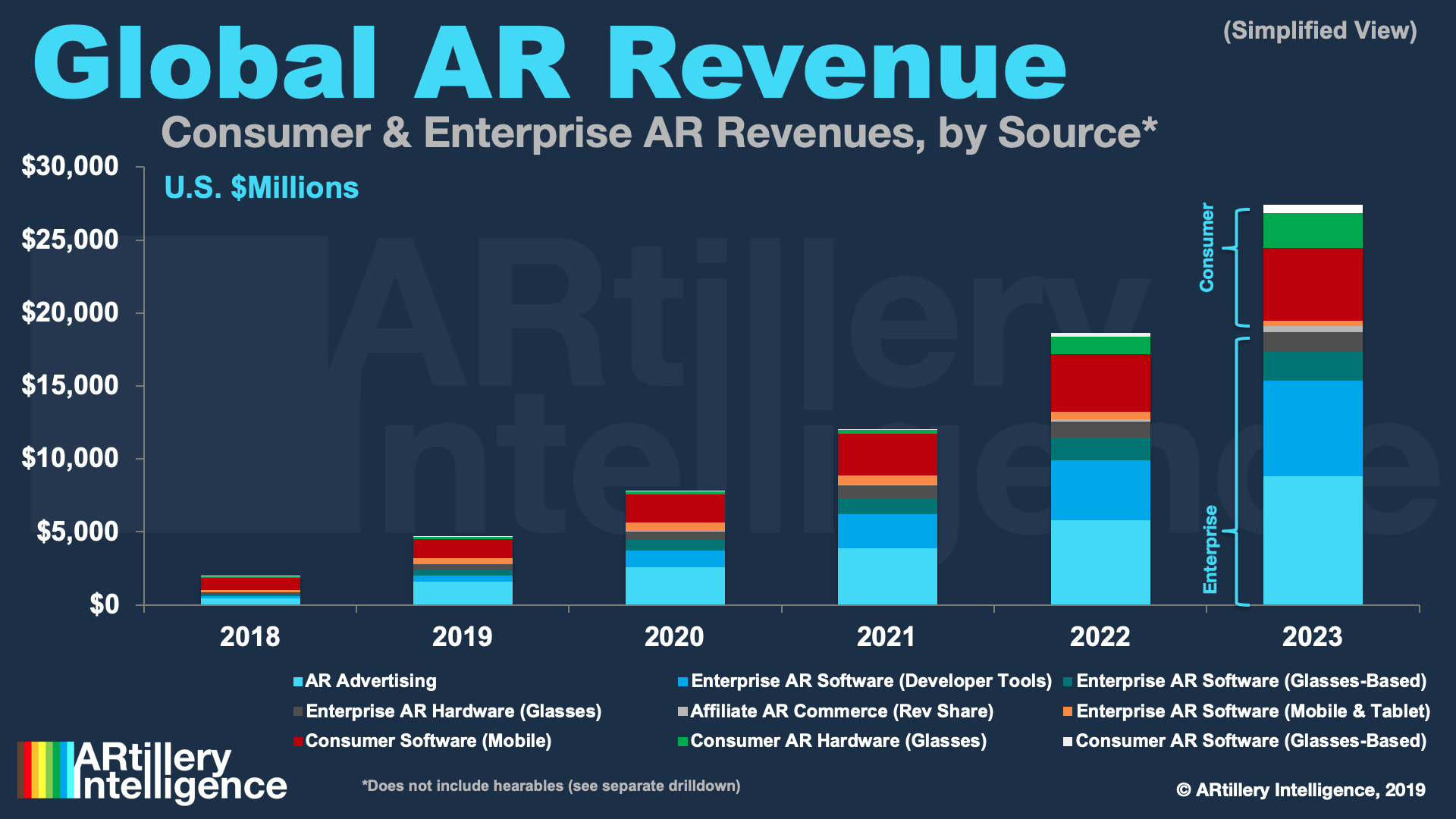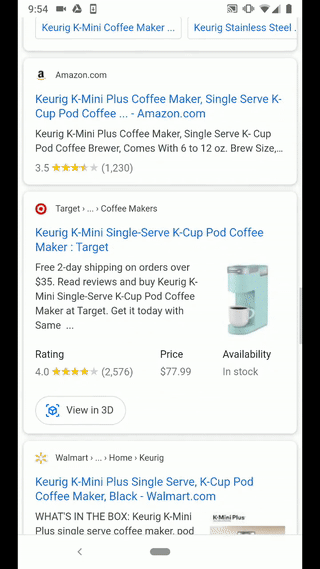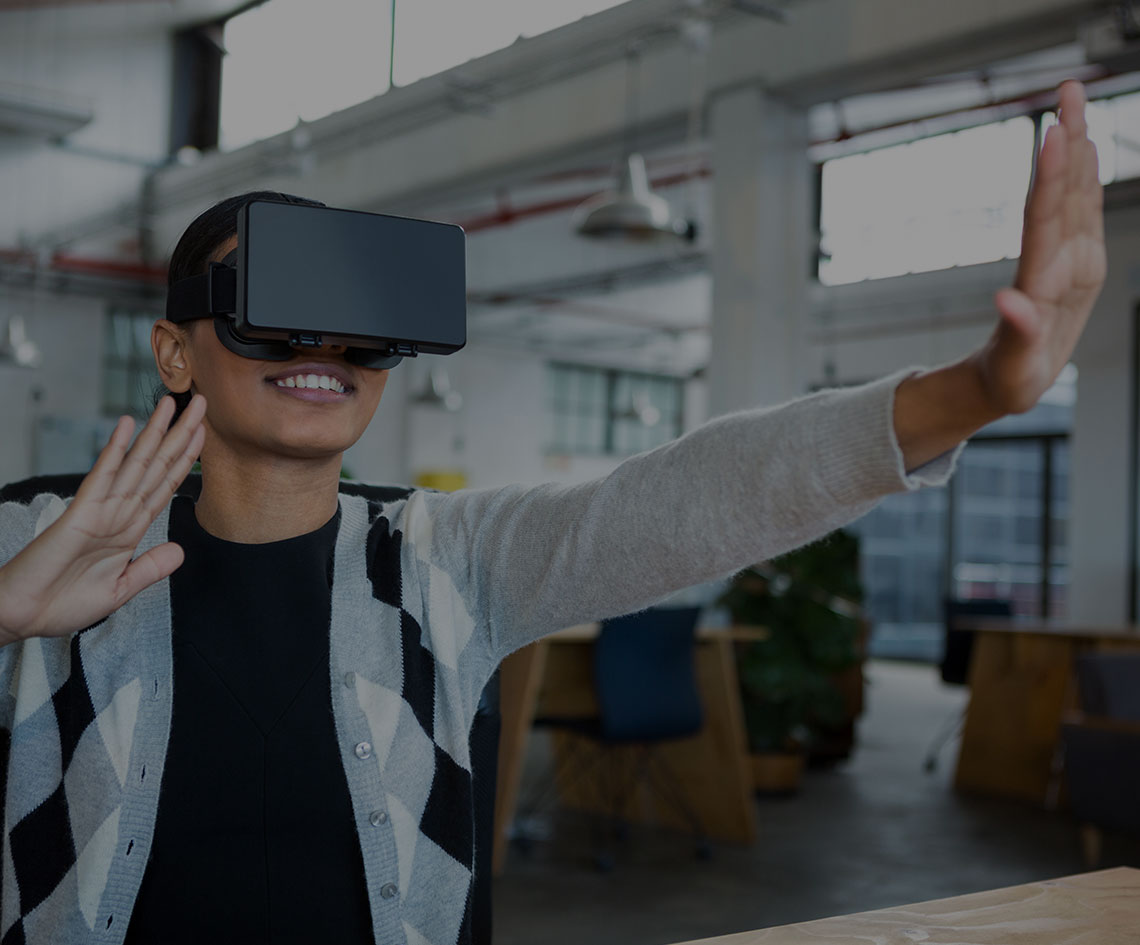Immersive experiences have had a massive influence over the tech industry for a while. But, did you know that immersion is a technique much older than technology?
The earliest record of an immersive experiences dates back to the stone age civilizations (est 44,000 years ago) where images were carved out on walls of caves and stone tablets.

Source: Blogspot
In the Middle Ages, stained glass and Sculptures were an important form of visual storytelling which create an impact till today.

Window at Chartres Cathedral. (Photo: Fr Lawrence Lew, O.P., CC BY-NC-ND 2.0)
All of this sums up to the foundations of storytelling – in literature, film, gaming and even stories narrated to us by our grandparents. We are deeply captured by the experience while becoming unusually involved with characters. We even share their emotions! This simply goes on to prove that as humans we love our illusions, especially the stories associated with them. Our human desire is to be swept away from our feet to be raised out of the present by an immersive story.
Over the past couple of weeks, google trends saw a spike to its max in the use of the keyword “Google 3D”, with UAE ranking 5th in place worldwide. Turns out that the lockdown, left many parents turning to ingenious ways to keep their kids entertained. The Google 3D AR integrated into the search engine, helped thousands of households across the world to create an at-home zoo experience. Families were able to partake in an immersive experiences and create new memories without leaving their homes.

Numbers represent search interest relative to the highest point on the chart for the given region and time. A value of 100 is the peak popularity for the term. A value of 50 means that the term is half as popular. A score of 0 means that there was not enough data for this term. Source: Google
Google’s 3D and AR feature uses 3D models which is an immersive media format that allows a user to zoom in, zoom out, and rotate with limitless granularity to explore every angle of an object. 3D model files store information about a model’s geometry, texture, and color and can also include information about its scene and animations.
Apple and Google are running the race to provide a better platform for Augmented Reality. So who will win? The release of ARKit – Apple and ARCore – Android for developers will create an exponential surge for AR in the coming years. A recent study shows that the global AR revenue by 2023 will hit close to $30 Billion.

Let’s take a look at how advertisers are leveraging AR
Playmoji, The interactive characters in Playground – a camera mode that was introduced in Google Pixel Phones back in 2018 gave the user the ability to have a dance-off with their favorite characters like Childish Gambino and interact with Marvel’s Avengers. The success of this quickly gave rise to an ARCore powered app Pharos AR that allowed users and their friends to transport to a universe created by Donald Grover aka Childish Gambino consequently engaging fans with their beloved artist.

Another industry where AR is making a dramatic impact is with products. With the release of Google 3D feature customers now get to inspect the life-size version as well as visualize the product in their living spaces, leading them to make smarter and more intuitive shopping decisions.

Most brands who are early adopters are learning how AR allows manifesting products in immersive ways which in turn increase brand engagement or allow users to experience the “Try before you buy” visualization. A recent campaign launched by Nestle Purina PetCare, that let users play with the brand’s cat Felix, saw a whopping 173M impressions in aggregate, a massive leap of 73% from the 100M impressions by the SuperBowl.
More brands are have adopted AR marketing as a differentiated way to engage with customers – this has now become the benchmark for quality, followed by sustained user engagement. This trend is a direct response to the data on engagement for AR vs non-AR experiences: AR provides average engagement by a user of 75 seconds, which is 4 times longer than video, 4 times! Let that sink in.
Furthermore, AR experiences generate a 70% higher memory response compared to non-AR experiences – in short, the more memorable the experience, the higher the chances of a returning customer base. To know more about AR, consult with GTECH, an AR & VR company experts in developing virtual and augmented reality solutions for clients across multiple sectors.
Related Post
Publications, Insights & News from GTECH








